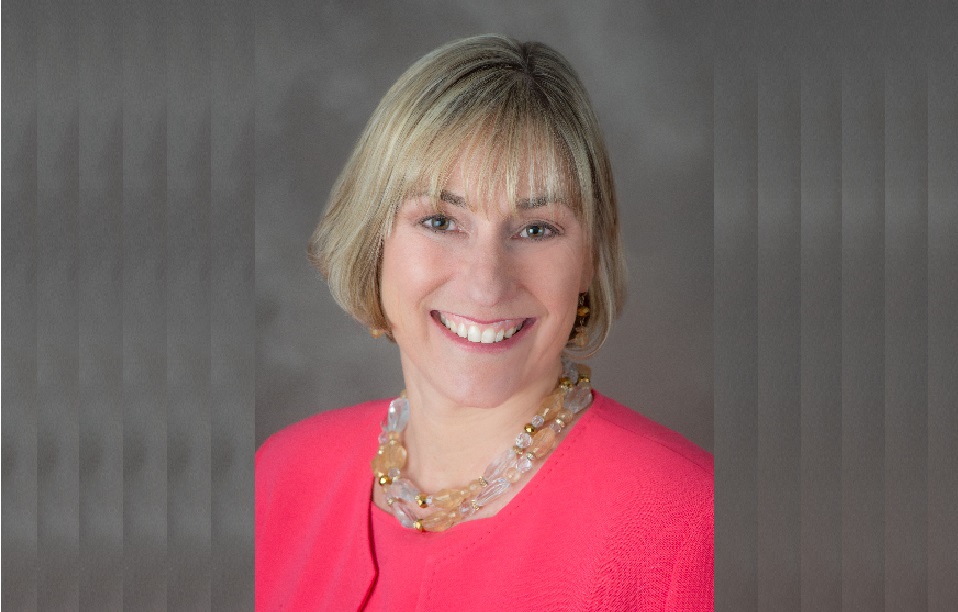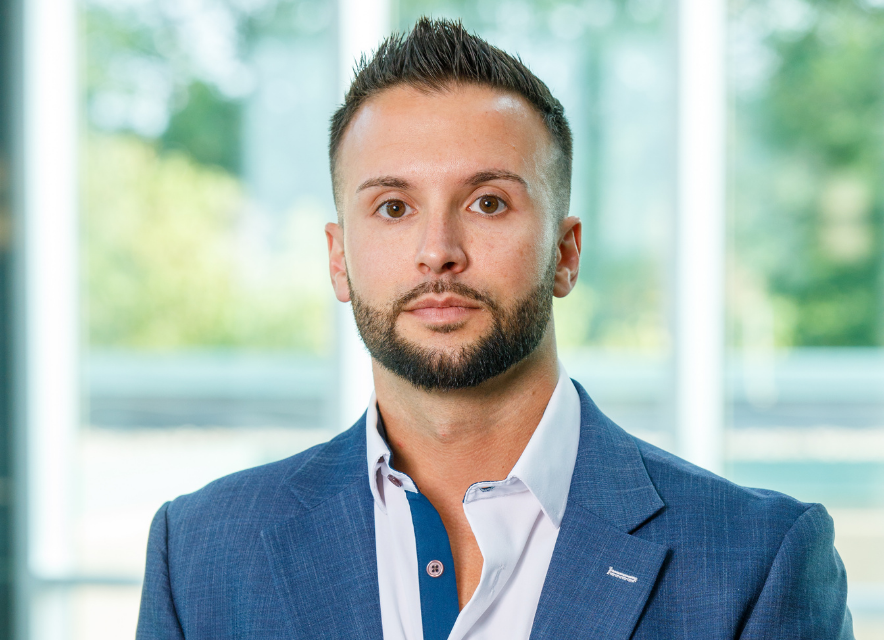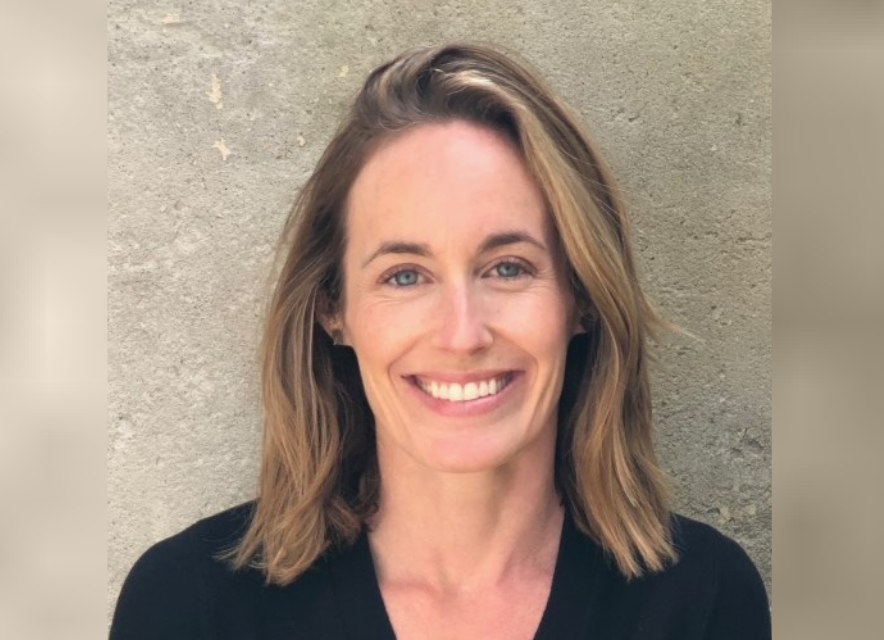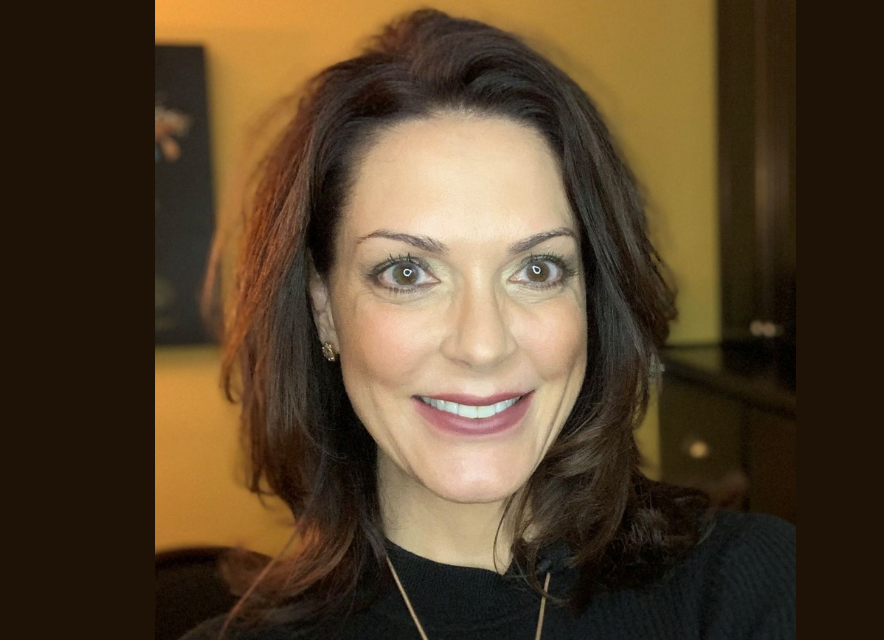Podcast: Play in new window | Download
Subscribe: RSS
Kathleen Burns Kingsbury is a wealth psychology expert, founder of KBK Wealth Connection, host of the Breaking Money Silence™ podcast, and the author of several books including How to Give Financial Advice to Women: Attracting and Retaining High-Net-Worth Female Clients and How to Give Financial Advice to Couples: Essential Skills for Balancing High-Net-Worth Clients’ Needs. Her mission is to teach financial services professionals how to connect, communicate, and collaborate more effectively with their clients to increase client retention and improve profitability.
Takeaway quote:
“Working with couples isn’t all you do, but it can be what you’re known for.”
Show Timeline
1:44 The difference between advising couples vs. individuals
The need to notice what’s happening between them
2:28 Advising three entities
Balancing the ‘triangle’
3:15 Addressing the dynamic between spouses
Stopping to pick up on, and address, non-verbal cues
4:40 Stereotypes and advice
Generalizations vs. gender myths
6:45 How to address conflicts during a meeting
An approach for acknowledging both points of view and offering help
8:45 Impact of this approach on the advisory business
Consequences of only having relationship with one spouse
10:28 Becoming more referable by being more couple-friendly
Using your ‘couple’s philosophy’ to set yourself apart
14:13 Being couple-friendly as a niche
Current state of the industry and defining your value proposition
17:18 The true potential of a defined niche
Breaking through the scarcity model and gaining clarity
19:33 Helping advisors and clients break ‘money silence’
Kathleen’s vision for a healthier industry and society
21:31 Habits of different generations around talking about money
Importance of a roadmap to help people have the conversations
23:19 Breaking money myths
Podcast to understand difficult ideas about money and bust them open
26:00 Things to get people talking about you
Identifying you niche, being client-centric, becoming a thought leader
Links:
Website: www.kbkwealthconnection.com
Books: How to Give Financial Advice to Women
How to Give Financial Advice to Couples
Twitter: https://twitter.com/KBKSpeaks
Podcast: http://www.kbkwealthconnection.com/breaking-money-silence-podcast/
LinkedIn: https://www.linkedin.com/in/kathleenburnskingsbury/
YouTube: https://www.youtube.com/user/KBKWealthConnection
Want more?
Stephen Wershing: www.TheClientDrivenPractice.com/checklistblog
Julie Littlechild: www.absoluteengagement.com/blog
Episode Transcript:
Julie Littlechild: Welcome to another episode of Becoming Referable, the podcast that helps you be the kind of advisor people can’t stop talking about. I’m Julie Littlechild and I’m the founder of AbsoluteEngagement.com. Steve Wershing: I’m Steve Wershing, President of The Client Driven Practice. Today we’re talking with Kathleen Burns Kingsbury who’s a wealth psychology expert, founder of KBK Wealth Connection, host of the Breaking Money Silence podcast, and author of several books including How to Give Financial Advice to Women and How to Give Financial Advice to Couples. She’s served on the CNBC Digital Financial Advisor Counsel, as a thought leader columnist for Investment News and is frequently quoted in publications like The Wall Street Journal and Reuters. She holds a master’s degree in psychology and an undergraduate degree in finance. For more information, you can find out more about her at www.kbkwealthconnection.com. Julie Littlechild: I loved a lot about what Kathleen had to share; she shared some incredible insights on working with couples and doing it in a way that engages both of them while really acknowledging some of the complex dynamics. In this episode she’ll look at picking up on verbal and non-verbal cues, at gender myths that can derail effective communication, and at using your own body language to engage couples. What was really exciting is how she tied all of that into referrals and shared some very simple strategies on how you can make being a couple-friendly advisor one of the best ways to attract new clients. Steve Wershing: With that, let’s go to our conversation with Kathleen. Kathleen, welcome to the show and thanks for joining us today. Kathleen Burns Kingsbury: Thank you, I’m excited to be here. Steve Wershing: You’re really known for teaching advisors how to advise women and how to advise couples, let’s focus on the couples aspect of it. What’s different about advising couples than advising individual clients? Kathleen Burns Kingsbury: I think the obvious thing is when you’re advising a couple or partners, there are two people in the room as opposed to one. That really kind of changes the dynamic because no longer is an advisor just asking a question and getting an answer, he or she is having to ask questions and notice what’s happening with each of the partners as well as what’s happening between them. It just becomes a little bit more complex. I think it’s more rewarding, but it also can be a little bit more challenging. Steve Wershing: I think in your book, if I remember correctly, you talk about actually having to advice three entities. You have to advise him and her and them and that there are actually three different things going on, not just two. Is that correct? Kathleen Burns Kingsbury: Right, so there’s something that I talk about in the book that I don’t always talk about when I’m presenting called balancing the triangle. Basically, if you picture the advisor at the top of the triangle, that person by the nature of seeing two people at once is in a triangular relationship. They need to be able to monitor, manage, and foster trust with partner one as well as partner two. If you think about the triangle image, the bottom of the triangle is kind of the couple’s dynamic, what’s happening between the two partners is also important and can be quite useful for an advisor. Steve Wershing: Can you give us some idea of what that might sound like when an advisor would be in a discussion with somebody and they realize that the advisor has to address the dynamic between the clients and how that might play out in a meeting? Kathleen Burns Kingsbury: Sure, I have the classic example. You have a husband and wife, they’re sitting there. Maybe the advisor is speaking to the husband, the husband says something that you notice upsets the wife or is off-putting to her. We’ll go with the obvious rolling of the eyes, not that I’ve ever done that in my own couple hood. You notice all of a sudden that you’re really connecting with that one partner, the male partner, and then you notice this kind of social cue from the female partner. It may be saying something along of you know what; let’s just hang on for a second. I noticed you had a reaction to that, I’m wondering if you can tell me a little bit about that reaction. It’s being able to attend to not only what’s going on verbally, but also what’s going on non-verbally. Even if the partner, in this case the woman, says oh no, nothing and kind of denies that she had a reaction, at least she knows you’re paying attention to me too, it’s not just about my husband; which is often kind of a mistake I think well intended advisors make, but they do. Just to tend to one partner versus both of them.Read more







Leave A Comment